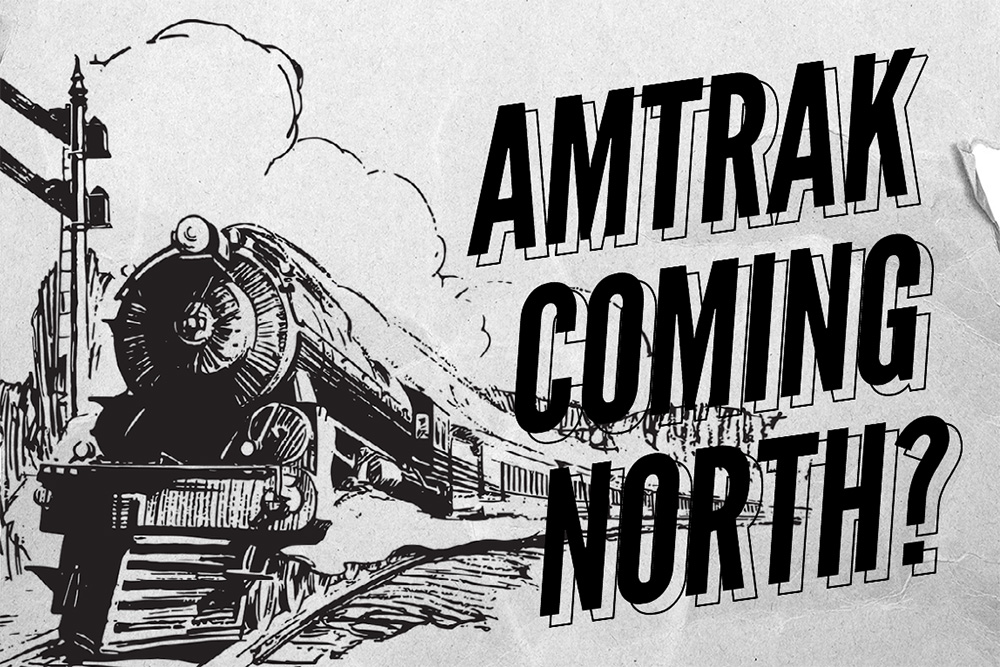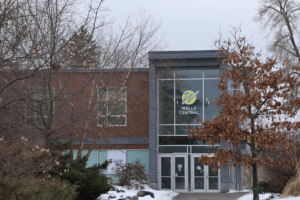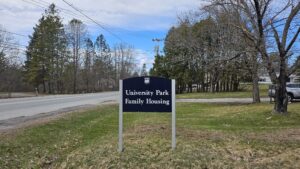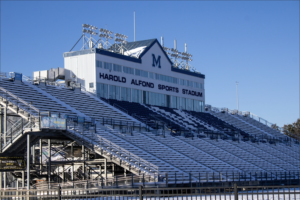If you’ve ever taken the Amtrak before you know how convenient, efficient and enjoyable the ride is. But many University of Maine students might not have ever gotten this opportunity, because the furthest north the current Amtrak route runs in Maine is Brunswick. This is beneficial for students that go to Bowdoin, but if the Amtrak were to come up to Orono, the train company would be serving a population of students that is more than 10 times larger than Bowdoin.
Bringing up the train through Orono would also allow Amtrak to stop in the state’s capital of Augusta, Waterville and Bangor. This would benefit students and pretty much anyone in Maine and beyond. Commuting up north would not only be more efficient but also environmentally friendly. There are also many Maine workers who commute to Augusta and the added rail line could make that easier.
Yes, there is already a bus that does this. But buses aren’t that big and, especially during major holidays when the majority of students want to go home, there are limited seats.
Trains overall are a more comfortable, spacious and enticing way to travel than buses. Adding a train to Orono would not only benefit in-state UMaine students but also, because Amtrak goes all across the United States, out-of-state students.
Interestingly enough, as I am doing research on if this would even be possible, there was a recent Bangor Daily News article published about a proposed rail extension coming up to Bangor.
The article outlines some changes if this proposal was passed.
“[T]he expanded rail line from Portland to Bangor could see between 5,150 and 7,250 riders each month by 2040,” the article says.
This traffic would benefit northern Maine economically, and with the expansion of a rail line, Maine would be making big improvements in terms of our carbon footprint as well.
“[O]n a per-passenger basis, rail has a third fewer emissions than buses and half that of cars,” the article says.
Climate change and the reduction of carbon emissions should be on the forefront of every state’s mind as extreme weather conditions and rising sea levels continue to get worse and worse every year. Increasing rail lines and reducing the number of cars on the road will not reverse these effects, but it will slow the progression.
Many college students do not have the luxury to afford electric cars, let alone cars that can go a year without needing repairs.
“93% of transportation costs go to the purchase, maintenance, and operation of cars,” a report done by the Rail Passengers Association said.
If fewer UMaine students felt the need to buy and bring a car to campus, it would save them money and provide more availability on campus for parking. I do think the ideal situation would be for the train to come all the way up to Orono so it could service a large population of customers that Amtrak currently isn’t serving. But the proposal unfortunately does not mention this and I am unsure how difficult it would be to implement it.
An expanded train system might make younger people stay in Maine if they feel more connected to other places. It might make Bangor a more enticing place to live.
The article mentions that not only would passenger rails expand, but bus routes would also expand to train stations and allow fewer people to require cars to reach popular Maine destinations like Acadia. Again, this would be extremely beneficial to Maine’s tourist economy and would decrease carbon emissions.
Overall, there seem to be very few negatives to this proposal. Maine residents and Maine visitors of all ages would benefit. Of course, it would cost a significant amount to implement, but in the long run Maine could see a very positive return on their investment.




